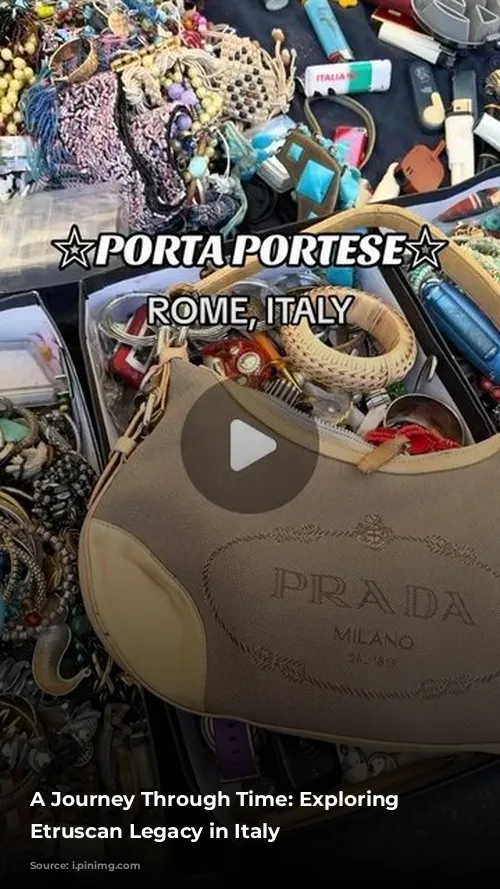Tuff, a soft, reddish rock, plays a key role in the captivating history of Etruria, a region in central Italy where the Lazio, Umbria, and Tuscany regions meet. This unique rock, formed from solidified volcanic ash, has shaped the landscape and, remarkably, the lives of the people who called this land home.
The Land of the Etruscans: Where Stone Meets Civilization
Tuff’s soft texture made it easy to carve, making it an ideal material for the ancient Etruscans, who built their cities and necropolises from this readily available resource. The Iron Age, the dawn of Etruscan civilization, saw them flourish in this region, leaving behind a rich legacy for future generations to explore.
Sorano, Sovana, and Pitigliano, architectural jewels of the Tuff Maremma, stand testament to the Etruscans’ ingenuity and artistic prowess. Their necropolises, nestled on tuff ridges along river courses, are now often shrouded in dense vegetation, revealing monumental tombs like the Ildebranda and Sirena as if by magic.
A Hidden Network of Paths: The Etruscans’ Legacy in Stone
Venturing into the Mediterranean scrub, one stumbles upon a series of sunken pathways, carved into the tuff rock. These via cave or tagliate passageways can plunge up to 20 meters deep and stretch across 3 meters wide, a testament to the Etruscans’ impressive engineering skills.
These passages, believed to have been created for defensive purposes, also served as sacred pathways, connecting burial grounds to other places of worship. They stand as a silent testament to the Etruscans’ spiritual beliefs and their intimate connection to the land.
Unveiling the Secrets of the Past: A Journey Through Time
The Alberto Manzi Open Air Museum in Pitigliano offers a captivating journey into the Etruscans’ fascinating history. Divided into two sections: the “city of the living” and the “city of the dead”, connected by the via cava of Gradone, the museum offers a glimpse into the lives of these ancient people.
Here, visitors can marvel at typical dwellings and explanatory tombs, gaining insight into their daily lives, their beliefs, and their poignant passage into the afterlife. The museum’s unique design allows visitors to experience the past firsthand, creating a profound connection to the Etruscan civilization.
A City on the Brink: Cività di Bagnoregio, The Dying City
A victim of erosion, the town of Cività di Bagnoregio, perched between the Tiber River and Lake Bolsena, is slowly crumbling into the valley below. Dubbed the “Dying City”, it stands as a poignant reminder of nature’s unstoppable forces.
Once a lively and prosperous town, Cività di Bagnoregio now harbors just fifty houses, a cathedral, and an eerie silence that hangs in the air. The town’s dramatic setting overlooking the Calanchi Valley is truly breathtaking. The valley, carved by rivers, rain, and wind, features lunar landscapes, dotted with deep ravines, sudden chasms, and vertiginous precipices.
Echoes of the Past: The Necropolis of Norchia
Norchia, a town of Etruscan origin situated in the province of Viterbo, boasts the largest burial ground in Tuscia. The necropolis, built on high rocks surrounding the town, dates back to the 4th and 2nd centuries B.C. Its decorative friezes and columns still adorn many of the tombs, whispering tales of a bygone era.
The Cava Buia, or “dark path”, owes its name to the thick vegetation that obscures the passageway, creating an atmosphere of mystery and intrigue. On its sheer walls, inscriptions from ancient Roman and medieval times are visible, offering a glimpse into the rich tapestry of history that has unfolded in this region.
